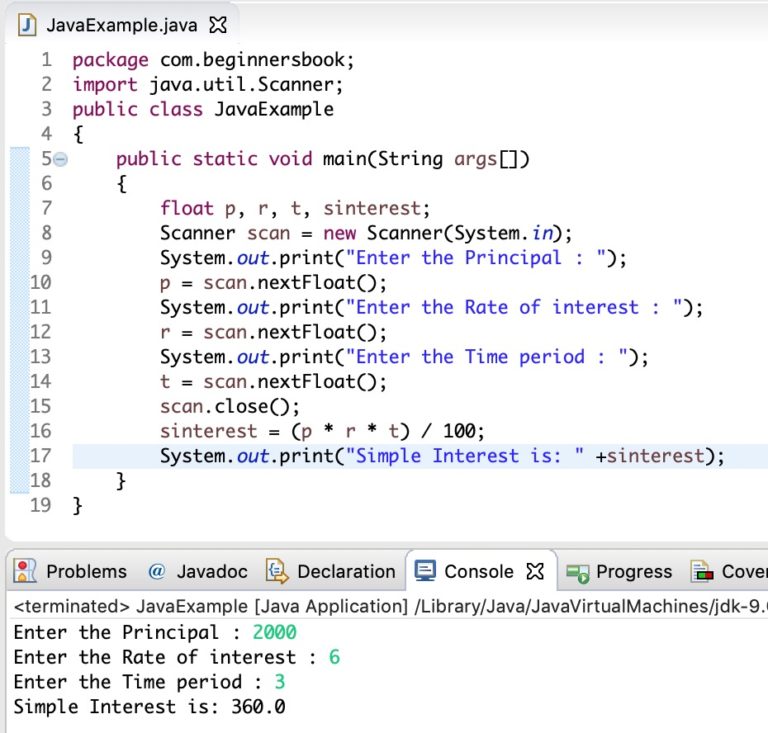

In the title tag, we indicate the title of our page. Instead, create a simple HTML file called index.html in this folder: We'll store the data in a plain vanilla list (List).Ĭreate a static home pageIf you index.jsp in your web folder, delete it. The servlets will then process the requests, prepare data (or save data, if we're adding a user), and transfer control to the appropriate JSP files, which then "render" the result.

Tomcat will catch requests for these addresses and send them to one of the two servlets that we're going to make (we'll specify the mapping in web.xml). view the list of users (navigates to / list).It will only take a few minutes :)Ī little about our future application's structureOur home page (/) will be a most ordinary static HTML page with a header and two links/buttons: If not, run through the first article and make one. We'll assume that you already have an empty project that we'll now add to. In the end, we'll "beautify" our application using the W3.CSS framework. Our application will have a home page with two links:Īs before, I will use IntelliJ Idea Enterprise Edition, Apache Maven (we'll just connect some dependencies), and Apache Tomcat. This time I'll show you how to create a simple but totally attractive web application using the Java Servlet API and the JavaServer Pages API. In that article, I demonstrated how to create a working web project template. This material is the logical continuation of my article Creating the simplest web project in IntelliJ Idea Enterprise.


 0 kommentar(er)
0 kommentar(er)
